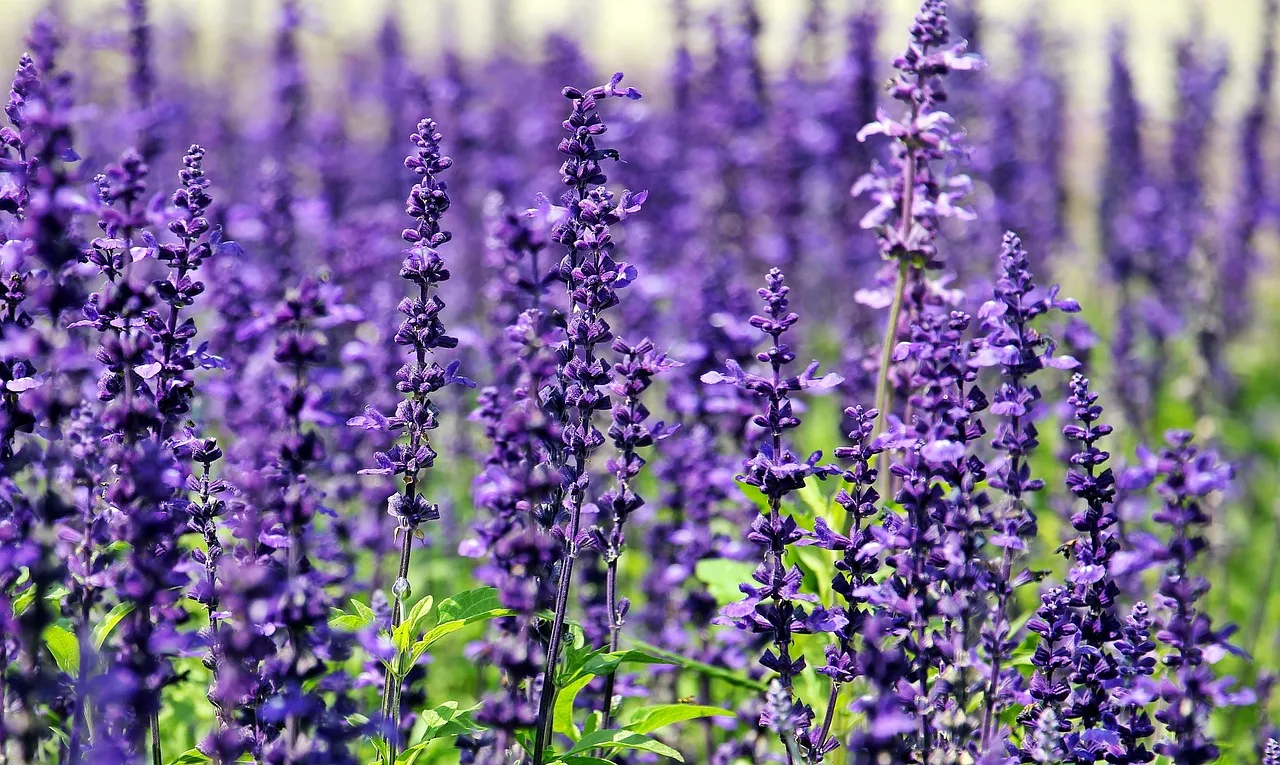Welcome to the Ultimate Guide to Lavender Balcony Gardening: Tips & Tricks! If you’re a gardening enthusiast looking to transform your balcony into a serene oasis filled with the beauty and fragrance of lavender, you’ve come to the right place. Lavender is not only a stunning and versatile plant but also offers numerous benefits, from its aromatic blooms to its culinary and medicinal uses. In this comprehensive guide, we will provide you with expert tips, practical advice, and creative ideas to help you successfully cultivate and care for lavender on your balcony. Whether you’re a beginner or an experienced gardener, this guide will equip you with the knowledge and tools to create a thriving lavender garden that will bring joy and relaxation to your outdoor space. So, let’s dive in and discover the secrets to successful lavender balcony gardening!
How to Choose the Perfect Lavender Varieties for Your Balcony Garden
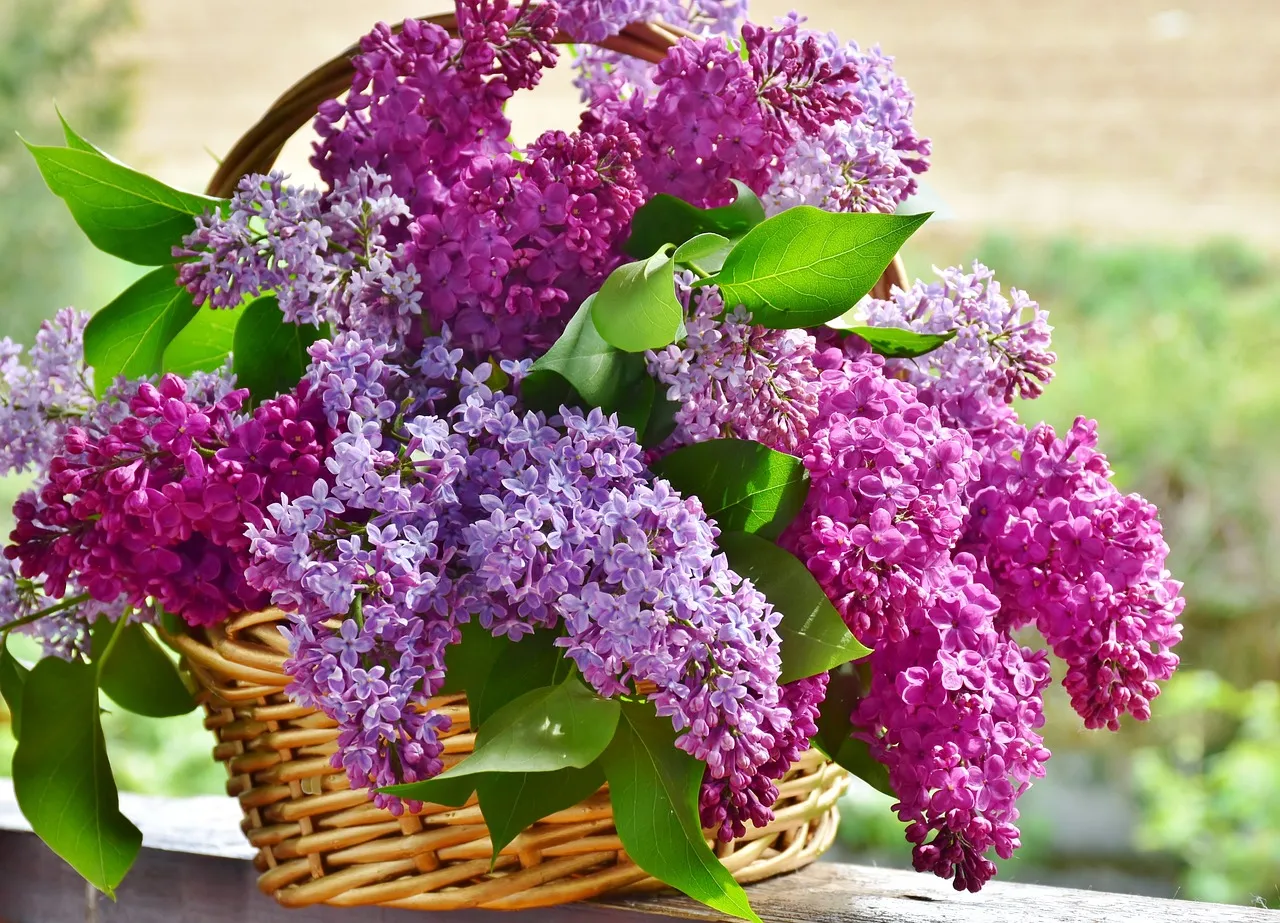
Creating a beautiful balcony garden filled with fragrant lavender is a dream come true for many gardening enthusiasts. When it comes to choosing the perfect lavender varieties for your balcony garden, there are a few key factors to consider. First and foremost, assess the available space and sunlight on your balcony. Lavender thrives in full sun, so select varieties that can withstand direct sunlight for most of the day. Additionally, take into account the climate in your region and choose lavender varieties that are well-suited to your specific weather conditions. Some popular choices for balcony gardening include English lavender (Lavandula angustifolia), French lavender (Lavandula dentata), and Spanish lavender (Lavandula stoechas). Each variety offers its own unique characteristics and growing requirements, so make sure to research and select the ones that align with your gardening goals. By carefully choosing the right lavender varieties for your balcony garden, you can create a stunning and aromatic oasis that will bring joy and relaxation to your outdoor space.
Essential Steps for Preparing Your Balcony for Lavender Planting
Before embarking on your lavender balcony gardening journey, it’s crucial to properly prepare your balcony for planting. Following these essential steps will ensure a thriving lavender garden that brings beauty and tranquility to your outdoor space. Firstly, assess the structural integrity of your balcony and make any necessary repairs or reinforcements to support the weight of planters and containers. Next, clean the balcony thoroughly, removing any debris, dirt, or previous plant remains. Ensure that the drainage system is in good condition to prevent water accumulation and potential damage. Once the balcony is clean and secure, consider the available space and select appropriate containers or pots for your lavender plants. Ensure that the containers have sufficient drainage holes and are large enough to accommodate the root systems of the lavender varieties you’ve chosen. Before planting, choose a well-draining potting mix suitable for lavender, as excessive moisture can lead to root rot. Finally, position your containers strategically to optimize sunlight exposure, as lavender thrives in full sun. With these essential steps completed, your balcony will be ready to welcome the beauty and fragrance of lavender, creating a serene and enchanting oasis for your enjoyment.
Understanding Lavender’s Soil and Sunlight Requirements for Optimal Growth
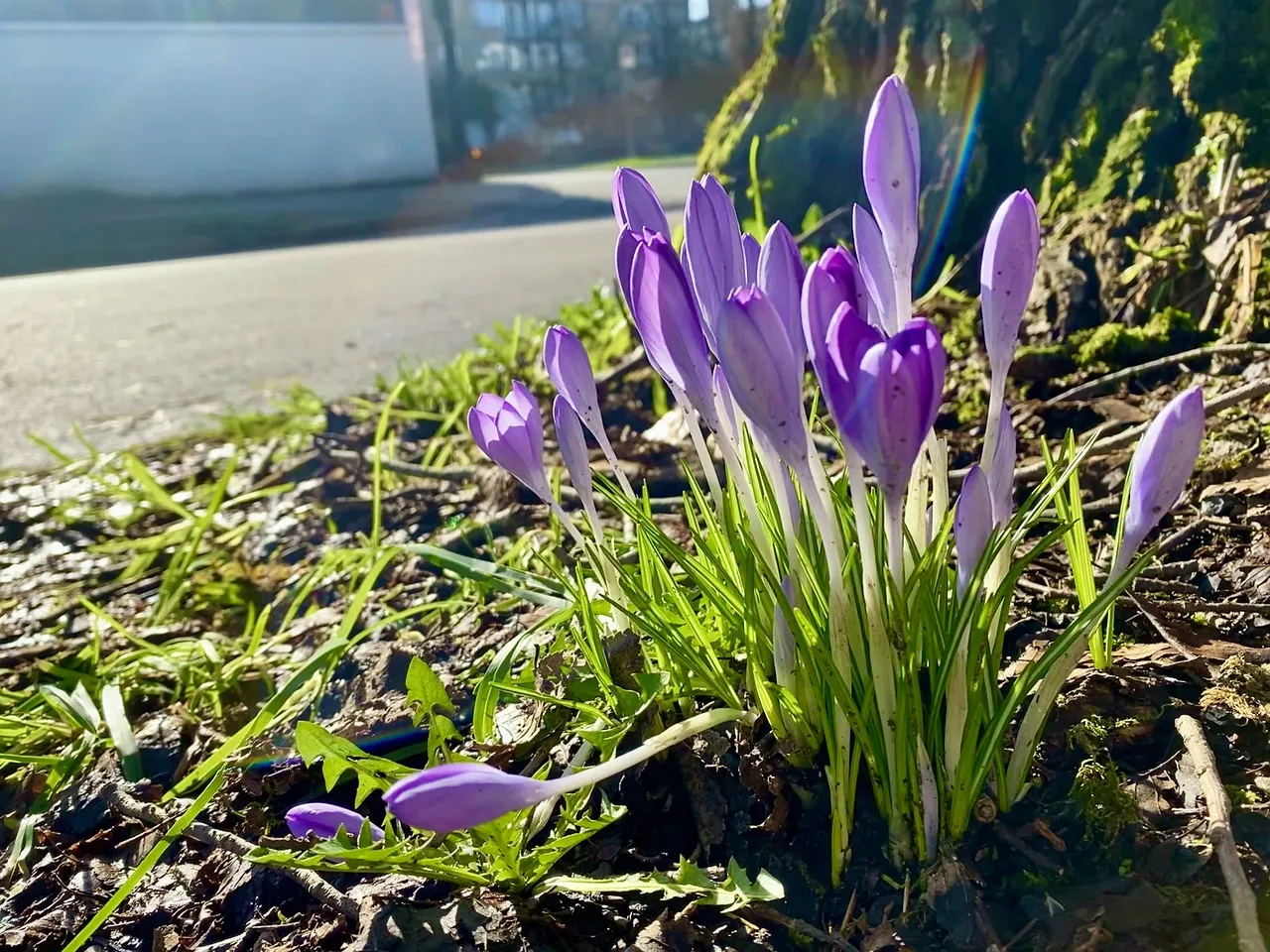
To ensure optimal growth and vibrant blooms, it is crucial to understand lavender’s soil and sunlight requirements. Lavender thrives in well-draining soil, so it is essential to choose a potting mix that allows excess water to drain away easily. You can achieve this by adding perlite or coarse sand to your potting mix. Lavender also needs slightly alkaline soil with a pH of 6.7 to 7.3. Conduct a soil test to determine the pH level and make necessary adjustments by adding limestone if needed. When it comes to sunlight, lavender is a sun-loving plant that requires a minimum of six hours of direct sunlight each day. Ensure that your balcony receives ample sunlight throughout the day to promote healthy growth and abundant blooms. If your balcony doesn’t receive enough sunlight, consider using grow lights to supplement the natural light. By providing lavender with the right soil conditions and ample sunlight, you will create an ideal environment for your plants to flourish and fill your balcony garden with their delightful fragrance and beauty.
Watering Lavender on Your Balcony: Best Practices and Mistakes to Avoid
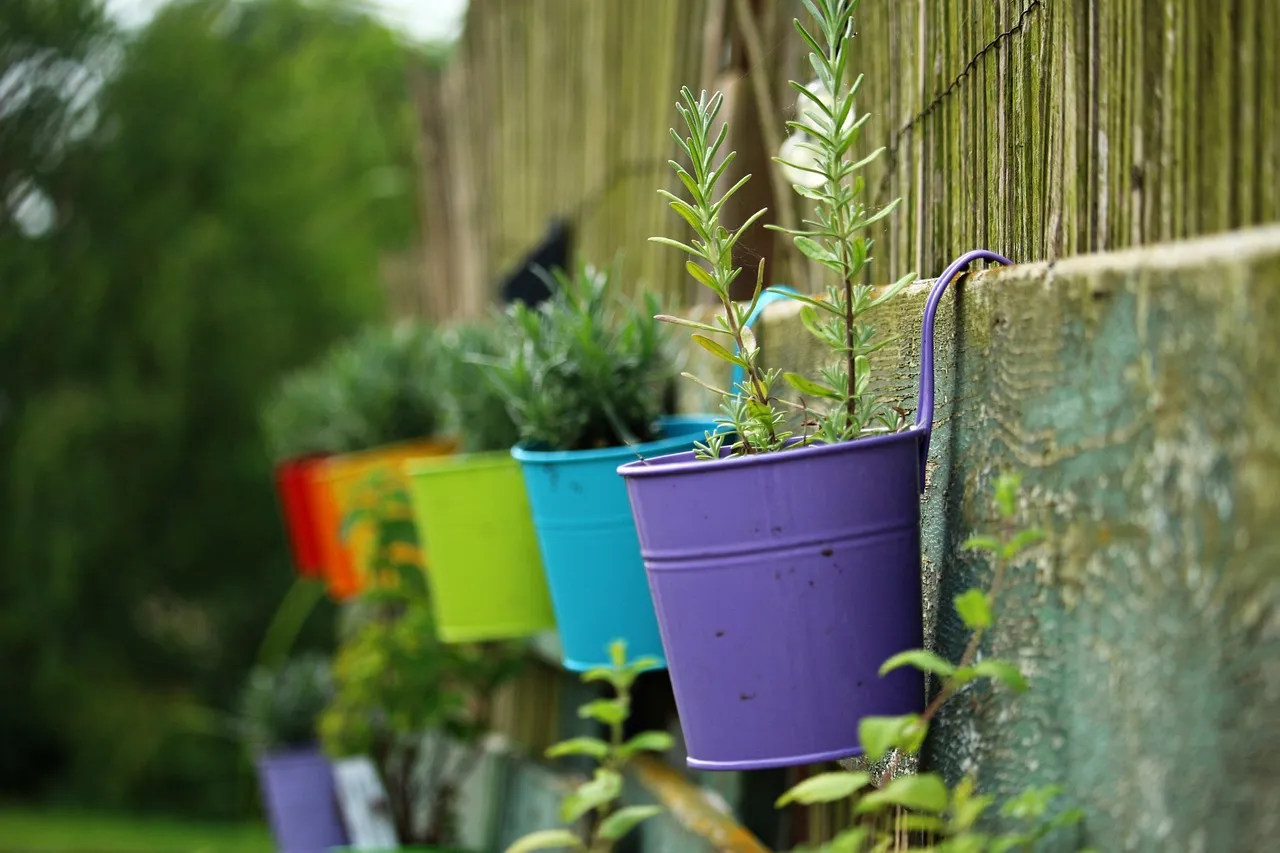
Watering lavender on your balcony requires a careful balance to ensure the plants thrive without being overwatered. Lavender prefers dry to moderately moist soil, so it’s crucial to avoid excessive watering, as this can lead to root rot and other problems. Instead, adopt a watering routine that allows the soil to dry out slightly between watering sessions. Check the top inch of the soil and water only when it feels dry to the touch. When watering, provide a deep soak, allowing the water to penetrate the root zone. However, be cautious not to saturate the soil, as lavender prefers a well-draining environment. One common mistake to avoid is using sprinklers or overhead watering methods, as lavender’s leaves and flowers are sensitive to excess moisture and can develop fungal diseases. Instead, opt for targeted watering at the base of the plant to keep the foliage dry. Additionally, consider using a watering can or a drip irrigation system to provide water directly to the roots. By following these best practices and avoiding common mistakes, you’ll ensure that your lavender plants on your balcony receive the appropriate amount of water, leading to healthy growth and abundant blooms.
Pruning Lavender for Healthy Growth and Abundant Blooms in a Limited Space
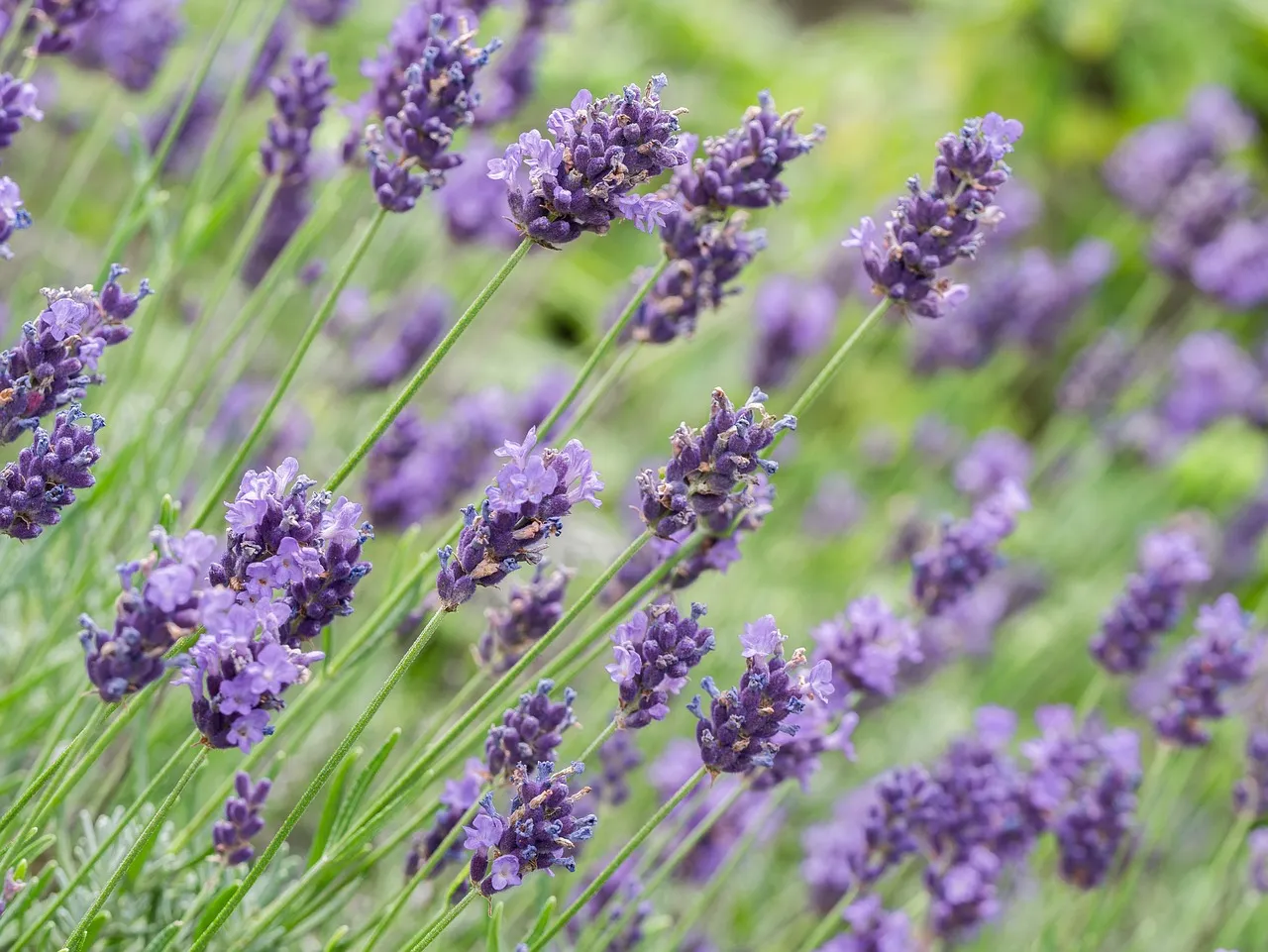
Pruning lavender is essential for promoting healthy growth and encouraging abundant blooms, especially in a limited space like a balcony garden. Regular pruning helps maintain the compact and bushy shape of lavender plants while stimulating the growth of new stems and flowers. The best time to prune lavender is in early spring or after the first round of flowering. Start by removing any dead or damaged stems, cutting them back to the base of the plant. Next, trim back about one-third of the plant’s overall height, making sure to cut just above a set of healthy leaves. This will encourage lateral branching and result in a fuller, more robust lavender plant. Additionally, it’s important to trim off spent flower stalks to redirect the plant’s energy towards new growth rather than seed production. If your balcony garden has limited space, consider using a technique called “hedging,” where you prune lavender into a compact, rounded shape. This helps maximize space while still allowing the plant to produce an abundance of beautiful blooms. By incorporating regular pruning into your lavender care routine, you’ll not only maintain the plant’s health and appearance but also create a visually stunning balcony garden filled with the delightful scent of lavender.
Pest and Disease Management: Protecting Your Lavender Plants on the Balcony
Protecting your lavender plants from pests and diseases is crucial for maintaining their health and ensuring a thriving balcony garden. Fortunately, with a few preventive measures and proper management techniques, you can effectively ward off common issues. One of the best strategies is to promote good air circulation around the plants by providing adequate spacing between them. This way, the fungal infection will stop. Regularly inspect your lavender plants for any signs of pests, such as aphids or spider mites. If detected, promptly remove the affected leaves or use a strong blast of water to dislodge the pests. You can also make a natural insecticidal soap solution by mixing mild liquid soap and water to spray on the plants. Be sure to target both the upper and lower sides of the leaves. Another preventive measure is to avoid overwatering, as excessive moisture can create a favorable environment for fungal diseases. Instead, water at the base of the plants and allow the soil to dry out between watering sessions. Additionally, consider applying a layer of organic mulch around the base of the lavender plants to discourage weed growth and retain moisture in the soil. By implementing these pest and disease management practices, you’ll protect your lavender plants and enjoy a healthy, vibrant balcony garden filled with the soothing aroma of this beautiful herb.
Maximizing Lavender’s Aroma: Tips for Enhancing Fragrance in Your Balcony Garden
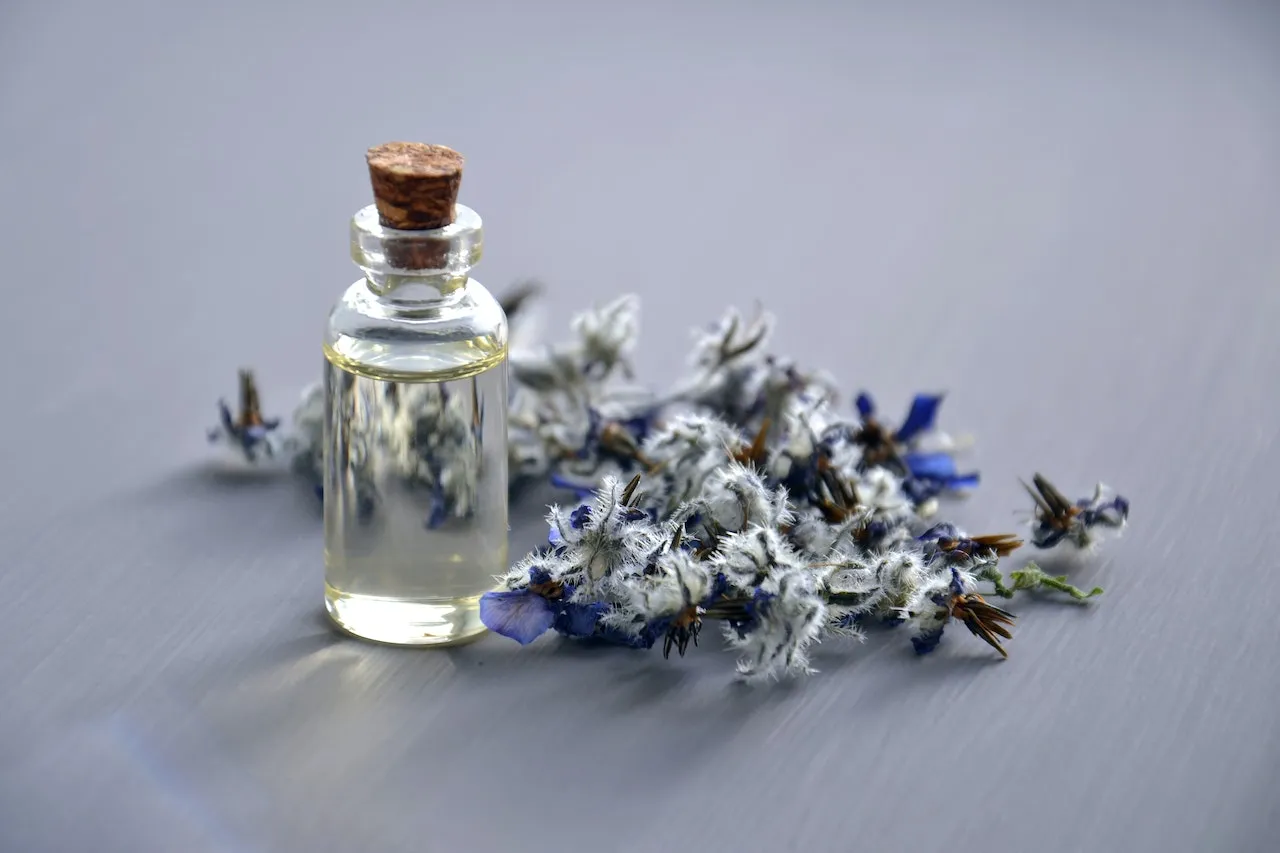
Enhancing the fragrance of lavender in your balcony garden can create a truly sensory experience. To maximize the aroma of your lavender plants, there are a few tips and techniques you can employ. First, ensure that your lavender plants receive ample sunlight, as this promotes the production of essential oils responsible for the fragrance. Lavender thrives in full sun, so make sure your balcony provides at least six hours of direct sunlight each day. Additionally, proper soil preparation is crucial. Lavender prefers well-draining soil, so amend the soil with compost or sand to improve drainage and prevent waterlogging. It’s crucial to achieve a balance while watering. While lavender prefers slightly drier conditions, it still requires regular watering to stay healthy. Avoid overwatering, as this can dilute the essential oils and diminish the fragrance. Pruning is another key aspect of maximizing lavender’s aroma. Regularly trim back the spent flowers and prune the plant to encourage new growth. This stimulates the production of fresh foliage and flowers, intensifying the fragrance. Lastly, consider incorporating companion plants with complementary scents, such as rosemary or thyme, to enhance the aromatic experience in your balcony garden. By implementing these tips, you’ll create a captivating and fragrant oasis on your balcony, where the delightful scent of lavender takes center stage.
The Art of Harvesting and Drying Lavender Flowers for Various Uses
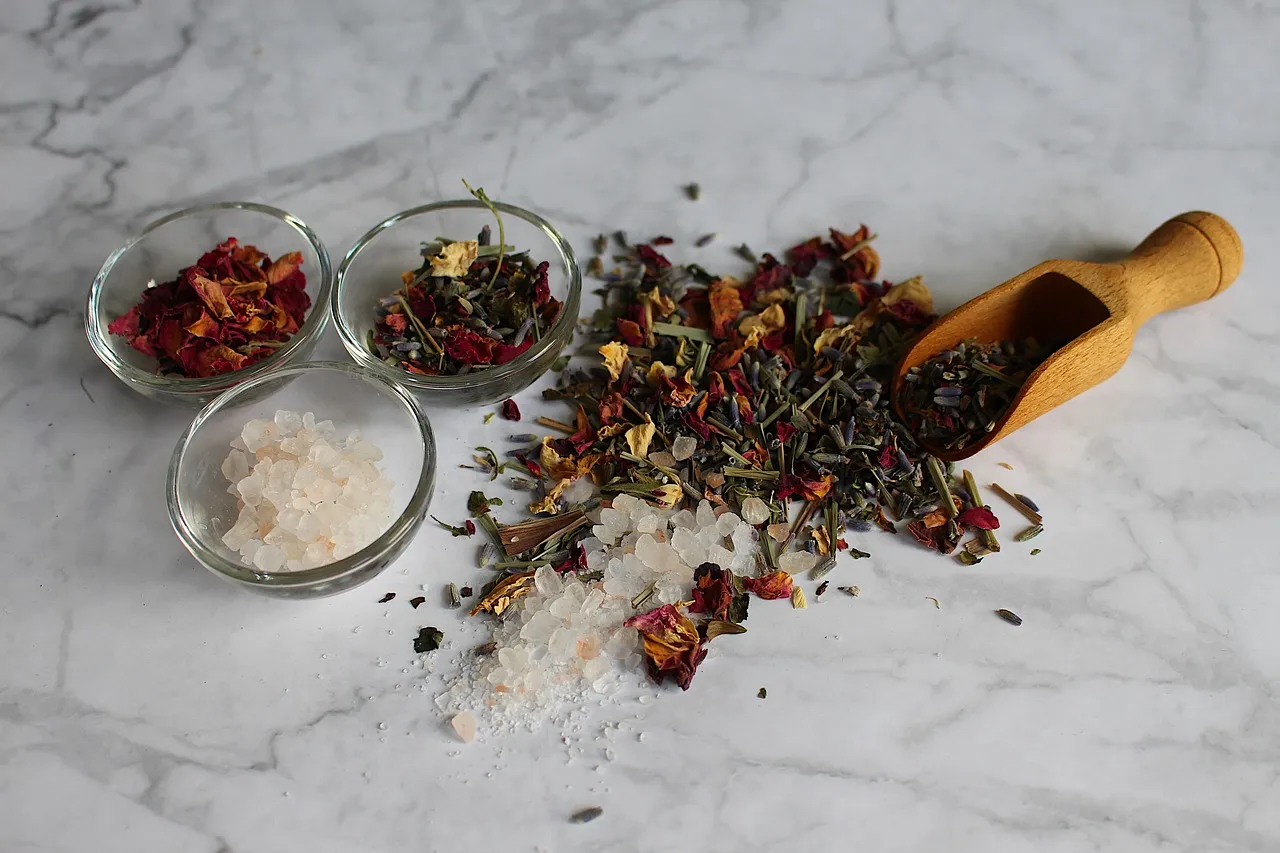
Mastering the art of harvesting and drying lavender flowers is essential for maximizing their use and enjoying the benefits of this versatile herb. Timing is everything when it comes to picking lavender. Wait until the flowers have fully bloomed but haven’t yet begun to fade. Early morning is the ideal time to harvest, as the aromatic lavender essential oil are at their peak concentration. Using sharp scissors or pruning shears, cut the flower stems just above the leaves, leaving a few inches of stem attached. To ensure optimal drying, gather small bunches of lavender stems and secure them with a rubber band or twine. Hang these bundles upside down in a well-ventilated, dark area away from direct sunlight. The drying process typically takes 1-2 weeks, depending on the humidity levels. Once the flowers are dry and brittle to the touch, gently strip the individual flowers from the stems and store them in airtight containers away from moisture and light. Dried lavender flowers can be used in various ways, including crafting potpourri, making sachets, or infusing them in oils and teas. The possibilities are endless! By mastering the art of harvesting and drying lavender flowers, you’ll have a bountiful supply of fragrant blooms to enjoy throughout the year, adding a touch of beauty and serenity to your balcony garden.
Creating a Lavender-Themed Balcony Garden: Design Ideas and Inspirations
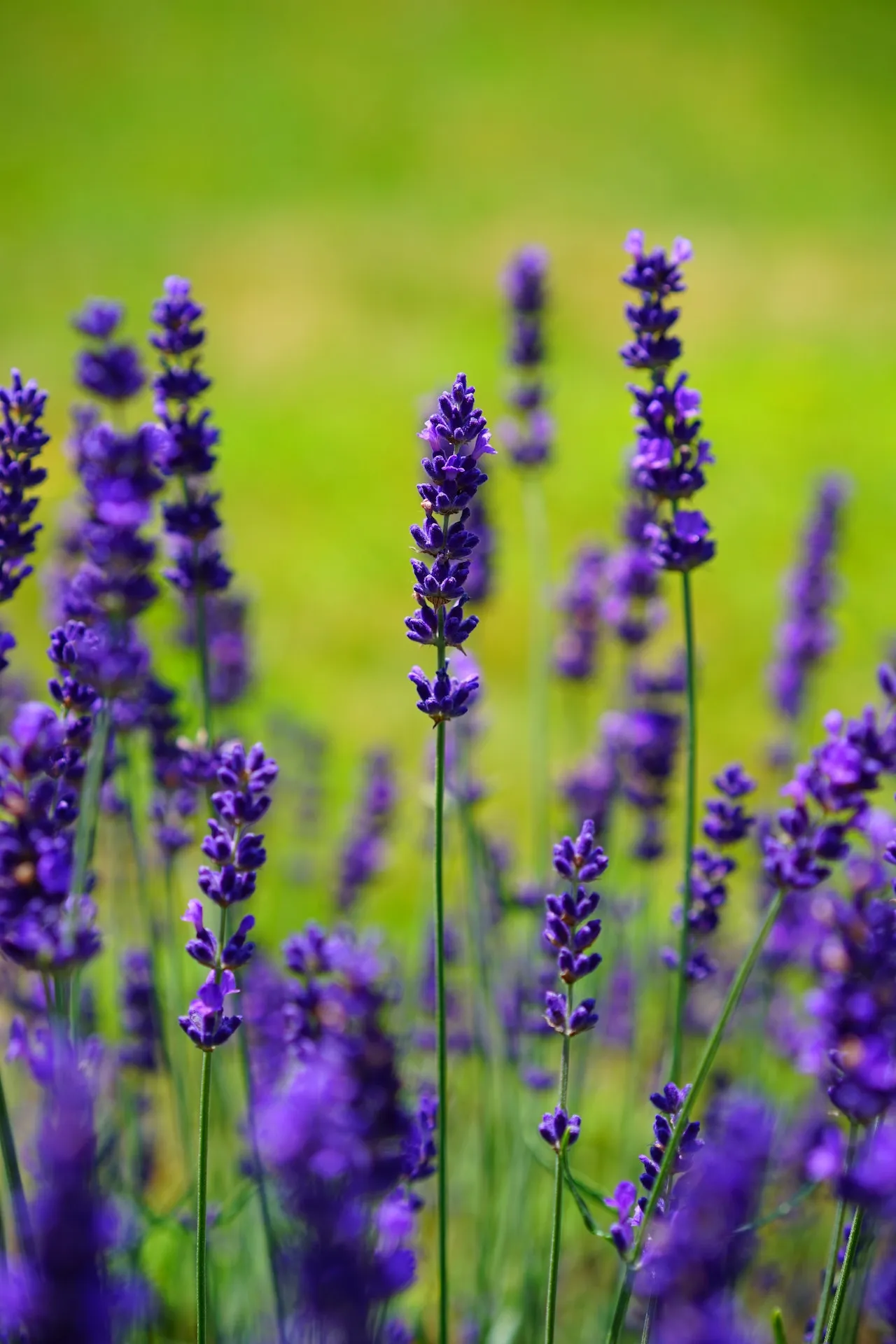
Creating a lavender-themed balcony garden is a delightful way to infuse your outdoor space with charm and tranquility. When it comes to design ideas and inspirations, there are several elements you can incorporate to bring your lavender garden to life. Start by selecting a color scheme that complements lavender’s soothing hues. Shades of purple, blue, and silver make for an elegant and cohesive palette. Integrate these colors through your choice of planters, cushions, and decorative accessories. Consider planting lavender in different varieties to add visual interest and height variations. Mix them with other complementary plants, such as rosemary, sage, or ornamental grasses, to create a textured and visually appealing arrangement. To enhance the atmosphere, incorporate aromatic elements by placing dried lavender bundles or lavender-scented candles strategically throughout your balcony garden. Create cozy seating areas where you can relax and enjoy the fragrance and beauty of your lavender plants. Use outdoor rugs, comfortable seating, and soft lighting to transform your balcony into a cozy retreat. Additionally, hanging baskets or vertical planters can maximize space and add vertical interest to your lavender garden. Finally, add personal touches with garden ornaments, wind chimes, or fairy lights to create a whimsical and inviting ambiance. By incorporating these design ideas and inspirations, you’ll create a lavender-themed balcony garden that is not only visually stunning but also a serene haven for relaxation and enjoyment.
Companion Planting with Lavender: Best Flowers and Herbs to Grow Together
Companion planting with lavender is a wonderful way to maximize the benefits of your balcony garden while promoting a harmonious and thriving ecosystem. Pairing lavender with compatible flowers and herbs can enhance growth, repel pests, and create a visually appealing and fragrant combination. One excellent companion plant for lavender is rosemary, as both herbs share similar soil and sunlight requirements. Their scents complement each other, and together they can deter pests such as moths and flies. Another great companion for lavender is sage, which not only shares similar growing conditions but also helps repel harmful insects. Marigolds are another excellent choice, as their bright flowers attract beneficial insects while deterring aphids and other pests. The delicate blooms of chamomile can create a beautiful contrast with lavender while attracting pollinators. Additionally, the feathery foliage of fennel adds an interesting texture to the garden and attracts beneficial insects like ladybugs. Other suitable companions for lavender include catmint, thyme, and oregano, all of which are known to attract pollinators and provide a charming and diverse display. When planning your lavender companion planting, consider the growth habits and mature sizes of each plant to ensure they don’t overshadow or overcrowd one another. By selecting the best flowers and herbs to grow alongside lavender, you’ll create a vibrant and dynamic balcony garden that thrives on the beneficial interactions between these companion plants.
Using Lavender in Balcony Herb Gardens: Culinary and Medicinal Applications
Incorporating lavender into your balcony herb garden opens up a world of culinary and medicinal possibilities. Lavender’s aromatic and flavorful blooms can be used in a variety of culinary applications. The flowers can be dried and added to teas, infused in syrups, or incorporated into baked goods and desserts. Lavender adds a unique and delightful floral note to dishes, imparting a sense of sophistication and complexity. In terms of medicinal use, lavender has been treasured for centuries for its calming and soothing properties. The essential oil extracted from lavender flowers can be used in aromatherapy to promote relaxation, reduce stress, and aid in better sleep. It can also be diluted and applied topically to soothe minor skin irritations or added to bathwater for a calming bathing experience. Lavender-infused oils and balms are popular choices for massage and skincare. Growing lavender on your balcony provides easy access to this versatile herb, allowing you to experiment with its culinary and medicinal applications. Just be sure to use culinary-grade lavender varieties and ensure the plants are grown without the use of pesticides. By incorporating lavender into your balcony herb garden, you’ll not only enjoy its beauty and fragrance but also harness its potential for enhancing your culinary creations and well-being.
Lavender Crafts for Balcony Gardeners: DIY Projects with Dried Lavender
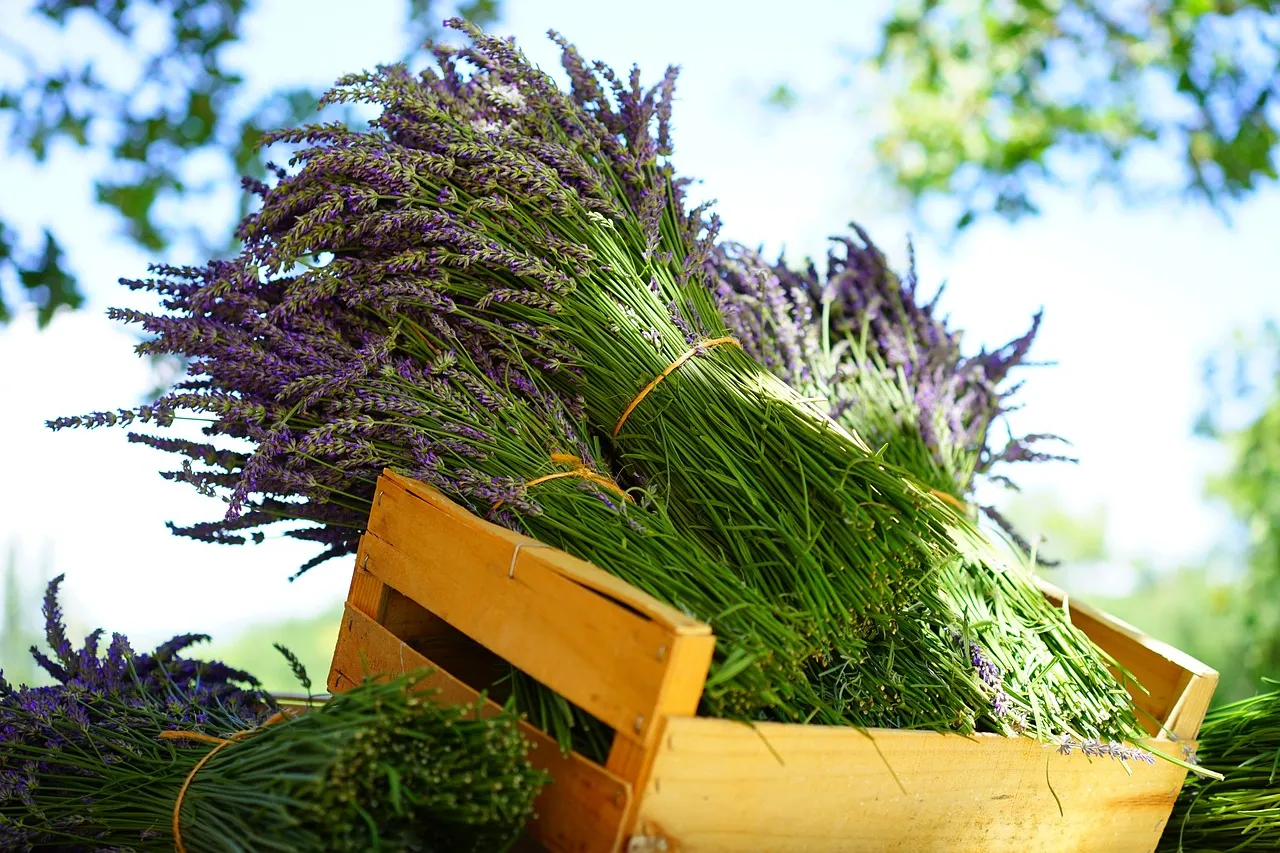
Lavender crafts provide a wonderful opportunity for balcony gardeners to get creative and make use of the dried lavender harvested from their plants. There are numerous DIY projects that can showcase the beauty and fragrance of dried lavender. One popular idea is creating homemade lavender sachets by filling small fabric pouches with dried lavender flowers. These sachets can be placed in drawers, closets, or even tucked under pillows to impart a delightful scent and act as natural air fresheners. Another charming craft is making lavender-infused candles by incorporating dried lavender petals into melted candle wax. These homemade candles not only provide a relaxing ambiance but also release the soothing aroma of lavender when lit. Lavender wreaths and floral arrangements are also wonderful options for showcasing dried lavender. By combining dried lavender with other complementary flowers and foliage, you can create stunning decorations for your balcony or indoor spaces. Additionally, dried lavender can be used to make potpourri or incorporated into homemade soaps, bath salts, and body scrubs, adding a touch of luxury to your self-care routine. The possibilities for lavender crafts are endless, limited only by your imagination. By exploring these DIY projects with dried lavender, you can infuse your balcony garden with a personal touch and enjoy the beauty and versatility of this cherished herb all year round.
Incorporating Lavender in Balcony Décor: Stylish Ideas for a Serene Space
Incorporating lavender into your balcony décor not only adds a touch of serenity but also infuses your outdoor space with style and elegance. There are numerous stylish ideas to create a serene ambiance using lavender-inspired elements. Start by selecting lavender-colored accents such as throw pillows, cushions, or outdoor rugs to bring a pop of color and visual interest to your balcony. Consider using lavender-scented candles or diffusers to fill the air with a soothing aroma, creating a calming atmosphere for relaxation. Hanging dried lavender bundles or lavender-themed wall art can serve as unique and eye-catching décor pieces, adding a touch of natural beauty to your balcony. Another idea is to incorporate lavender-patterned or lavender-colored planters for your lavender plants, creating a cohesive and visually appealing display. Consider using sheer lavender-colored curtains or fabric panels to create a sense of privacy and add a soft, dreamy touch to your balcony space. To create a serene seating area, choose comfortable outdoor furniture in neutral tones and complement it with lavender-themed cushions and throws. Adding twinkling string lights or lanterns can create a magical ambiance during evenings. Lastly, consider incorporating a small lavender-themed water feature or a tabletop fountain to add a calming element of nature to your balcony oasis. By incorporating these stylish ideas, you can transform your balcony into a serene and inviting space, where the beauty and fragrance of lavender take center stage.
Seasonal Care for Lavender: Winter Protection and Summer Maintenance

Proper seasonal care is crucial for the health and longevity of your lavender plants. During the winter months, lavender requires some protection to withstand the cold temperatures. One important step is to provide insulation by adding a layer of mulch around the base of the plants. This helps to insulate the roots and protect them from freezing. You can use straw, pine needles, or dried leaves as a natural mulch. Additionally, consider covering the plants with a breathable fabric or burlap to shield them from harsh winds and extreme cold. This will help prevent winter damage and maintain the plant’s overall health. In the summer, lavender requires regular maintenance to ensure optimal growth and abundant blooms. It is essential to provide adequate watering, especially during hot and dry periods. However, be cautious not to overwater, as lavender prefers slightly drier conditions. Water at the base of the plant, avoiding wetting the foliage, which can lead to fungal diseases. Pruning is another critical aspect of summer maintenance. After the plant has finished flowering, trim back the spent blooms and remove any dead or damaged stems. This stimulates new growth and helps maintain a compact and tidy appearance. It’s also a good idea to check for any signs of pests or diseases and take appropriate measures if needed. Regular monitoring and prompt action will help prevent any potential issues from spreading. By following these seasonal care guidelines, you’ll ensure that your lavender plants thrive throughout the year, providing you with beauty, fragrance, and a delightful balcony garden experience.
Troubleshooting Common Lavender Issues on the Balcony: Expert Solutions and Tips
While lavender is generally a hardy and resilient plant, it can sometimes encounter common issues on the balcony. Understanding these problems and having expert solutions at hand can help you maintain the health and vitality of your lavender plants. One common issue is root rot caused by overwatering or poorly draining soil. To address this, ensure that your lavender is planted in well-draining soil and avoid excessive watering. If root rot is already present, consider repotting the plant in fresh, well-draining soil and adjusting your watering practices. Another issue is powdery mildew, a fungal disease that appears as a white powdery coating on the leaves. To prevent powdery mildew, provide good air circulation around the plants, avoid overhead watering, and remove any infected leaves promptly. Insect pests, such as aphids and spider mites, can also be problematic. Regularly inspect your lavender plants for signs of pests and treat them with organic insecticides or insecticidal soaps if necessary. Finally, pruning issues can arise if lavender becomes overgrown or leggy. Regular pruning helps maintain a compact shape and promotes healthy growth. Trim back any dead or woody stems and remove spent flowers to encourage continuous blooming. By troubleshooting these common lavender issues and applying expert solutions and tips, you can overcome challenges and ensure that your lavender plants thrive on your balcony, bringing beauty, fragrance, and a sense of tranquility to your outdoor space.
Conclusion:
In conclusion, the Ultimate Guide to Lavender Balcony Gardening: Tips & Tricks has provided you with a comprehensive roadmap to create a thriving and enchanting lavender garden on your balcony. By following the tips and tricks shared throughout this guide, you now have the knowledge to select the right lavender varieties for your space, understand their soil and sunlight requirements, and ensure optimal growth through proper watering and pruning techniques. Furthermore, you have learned about the many uses and benefits of lavender, from its aromatic flowers and essential oil to its culinary and medicinal applications. With the right care and attention, your lavender balcony garden can become a haven of tranquility, where the soothing scent of lavender flowers lingers in the air, offering relaxation and a touch of natural beauty. So, unleash your creativity, experiment with different lavender varieties, and embark on this rewarding journey of lavender cultivation and plant care. Embrace the joys of lavender balcony gardening and let the enchantment of lavender flowers fill your outdoor space with serenity and charm.
#LavenderGardening #BalconyGardenTips
